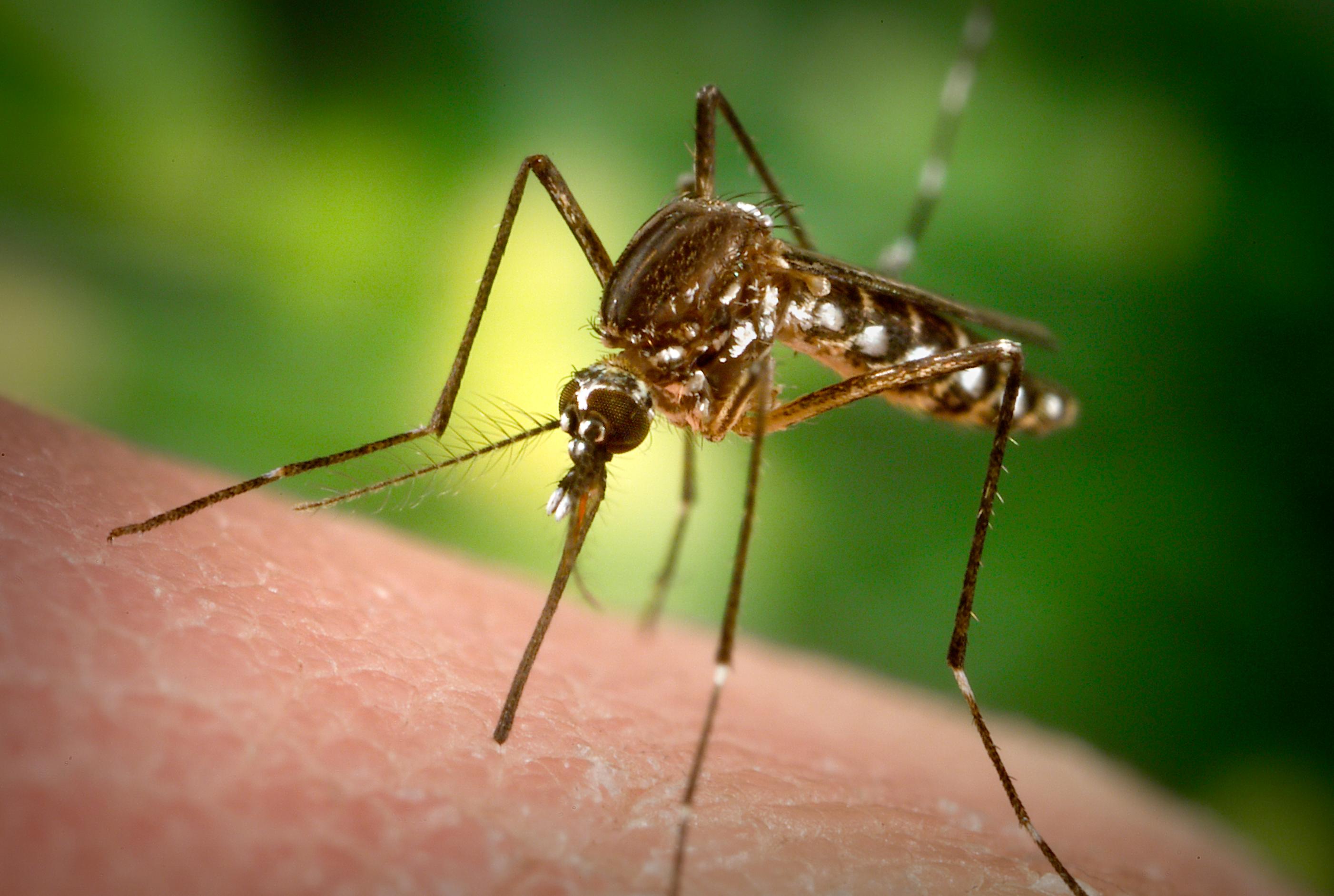Description:
Eggs are oval or triangular with rounded angles. The outer layer smooth while the inner shell is pigmented.
The larva bears a well-sclerotized (hardened) head capsule with fan-like appendages. The body is elongated with a single proleg on the thorax region and a terminal abdominal proleg. The larvae secrete silk from the prolegs that allow for them to hold on while in the water. The fan-like appendages are located near the mouth and are used to filter food from the water current.
Adults are small robust, humpback flies with beadlike antennae. The wings span 6-10 mm and consist of thickened veins (lines of the wings) near the leading margin. The mouthparts consist of tiny serrated mandibles and toothed laciniae that females use to drink blood. Males have similar mouthparts but are not blood feeders. Black flies feed at dusk and daylight, lay batches of 100-600 eggs into the water and can live for up to a month.
Animals attacked:
Cattle, poultry, swine, horses, sheep, goats, dogs, deer
Veterinary Impact:
Black flies are transmitters of pathogens (nematodes, protozoans and viruses) that can cause disease. Black fly females have very painful bites and can exhibit nuisance swarms. Large numbers of black flies can cause bird and livestock death as well as cause a stamped, trampling of young, structure crashing and tumbling. Suffocation has been reported and blamed for animal deaths by blocking respiratory passages. Excess blood loss can be detrimental to the host’s health. Most deaths are caused by toxemia and shock to the actual bites. Persistent attacks cause unruly host behavior, weight loss, reduced egg and milk production, malnutrition of young animals, dermatitis and epidermal necrosis, impotence, delayed pregnancy and stress-related diseases.
Disease Transmission:
Bovine Onchocerciasis caused by the transmission of Onchocerca lienalis, a filarial parasite, by Simulium jennigsi. Infected cattle sometimes show dermatitis and inflammation of the skin and connective ligament. Effect on the host is not usually a major impact but the percentage of cattle infected is rather high.
Leucocytozoonosis is caused by the protozoans Leucocytozoon and is transmitted to birds causing this malaria-like disease. Leucocytozzon simondi is specific to ducks and geese; L. smithi is specific to turkeys and transmitted by S. meridionale and S. slossonae. Leucocytozoonosis can be fatal in poultry; birds with chronic infections develop weakened immune systems and reduce reproduction. Infections can produce emaciation, dehydration and convulsions that lead to death. This disease has devastating effects on the North American poultry industry.
Black flies are carriers of the protozoan Trypanosoma confusum to North American birds through infected fecal droplets.
Several North American black flies show evidence to be natural transmitters of vesicular stomatitis virus to livestock, cattle, horses, and pigs. This virus is contagious and causes lesions in various epithelial tissues, especially in the mouth.
At times, black fly attacks are so massive and virulent that it causes simuliotoxicosis in livestock. These deaths are dues to acute toxemia and anaphylactic shock caused by toxins introduced within black fly saliva. Calves are highly vulnerable as well as horses, mules, sheep, goats and pigs.
Control:
To get the best control of a black fly population, it is best to aim for the larvae stage. The larvae are easier to target due to their sometimes specific habitats and their concentrated developing habits. Treating for the adults (with repellents and pour-on) will get small results but is very costly and not used as often as treating the water source for larvae. Typically Bacillus thuringiensis israelensis is used to treat waterways worldwide for the larvae. The most effect repellents are those containing DEET.
When large populations threaten livestock a few tactics can be used to limit their discomfort and the number of attacks, such as; smoldering fires with dense smoke, repellents with permethrin or ivermectin ear tags, pour-on and spray formulations, white petroleum jelly inside the ears of horse will reduce bites, as well as providing shelters.





